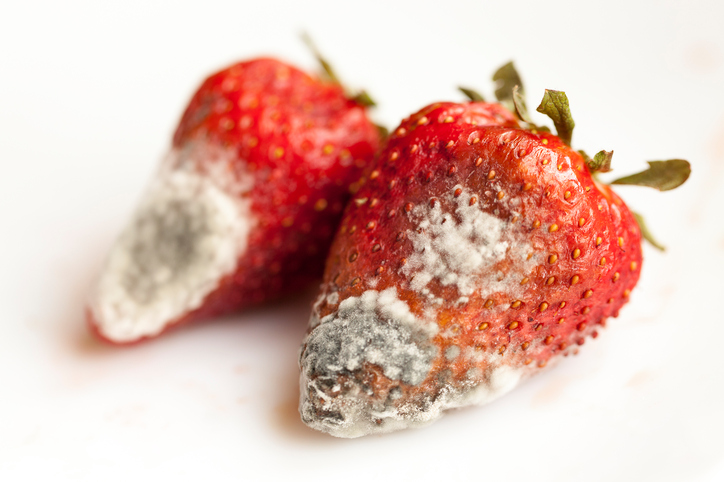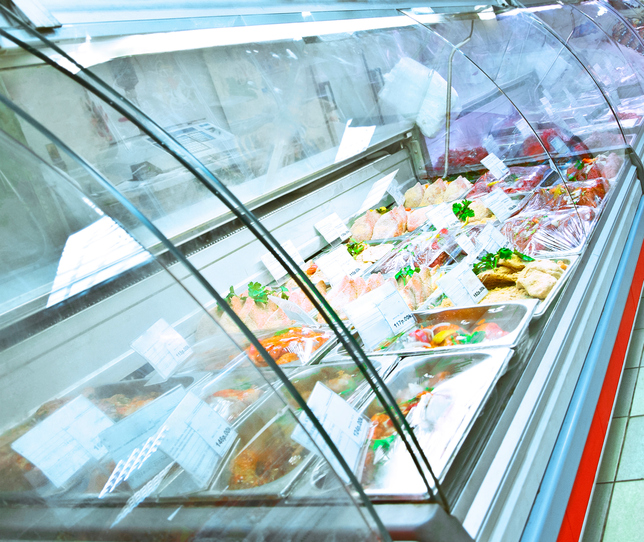Ever since the days of venturing to the far north, cutting huge blocks of ice from the ground and water, and hauling that ice down south to stock in iceboxes, refrigeration has been important to food safety. As technology and research have progressed to the plug-in refrigerators with adjustable cooling that we know today, we’ve steadily learned more about how best to prolong the life of foods through refrigeration, and use the technology to transport and store goods safely. Without question, refrigeration is one of the essential technologies for the modern food industry.
Want to learn a bit more? Here are some facts about refrigeration that you might find interesting.
Students in Food Handling Certificate Programs Know the Safety Reasons for Refrigeration
Though bacteria can reproduce in a wide range of temperatures (some can even do so in freezing temperatures), they thrive in the range of 4 degrees Celsius to 60 degrees Celsius. When food is stored at these temperatures for a prolonged period, it is at high risk of becoming contaminated and sickening any people who consume it. Set at a temperature below this range, refrigeration can put food that is being transported or stored at a much lower risk of contamination.

Kept at warm temperatures, food is at a higher risk of contamination
It’s for this reason that refrigeration is both so common and so critical to the work of professionals with a food handling certificate.
Vulnerable Foods Should Be Refrigerated as Quickly as Possible
As a rule of thumb, food that is left out of the refrigerator for longer than four hours (and that is meant to be refrigerated) will be at fairly high risk of being contaminated, and should probably be discarded.
Generally, it’s best to refrigerate foods as quickly as possible, and to remove them only when they are to be used within a reasonably short time period. This is particularly true for animal products like meat, fish, and dairy, which are often at a higher risk of contamination than many other foods. You can learn more about the potential dangers of food contamination and how to properly prevent it from AAPS’ food handling course in Toronto.

It’s important to refrigerate vulnerable foods as quickly as possible
After Your Food Handling Certificate, Practice Safe, Sensible Refrigeration
There’s more to proper refrigeration than merely putting goods into the fridge. For a refrigeration system to work correctly, it’s also important for protocol to be followed to ensure that everything is running smoothly.
Things like not opening the refrigerator often, avoiding overstocking its shelves, ensuring seals are tight and undamaged, and taking care to get it serviced when needed can ensure that food contained within a fridge system will remain at the correct, low temperature. In your future career, employing the above measures, even if doing so only involves pointing out potential issues to management, could help you make a big difference in promoting food safety in your workplace.
Do you want to take a food handler exam and become certified in the industry?
Contact AAPS to learn more about our training opportunities!




